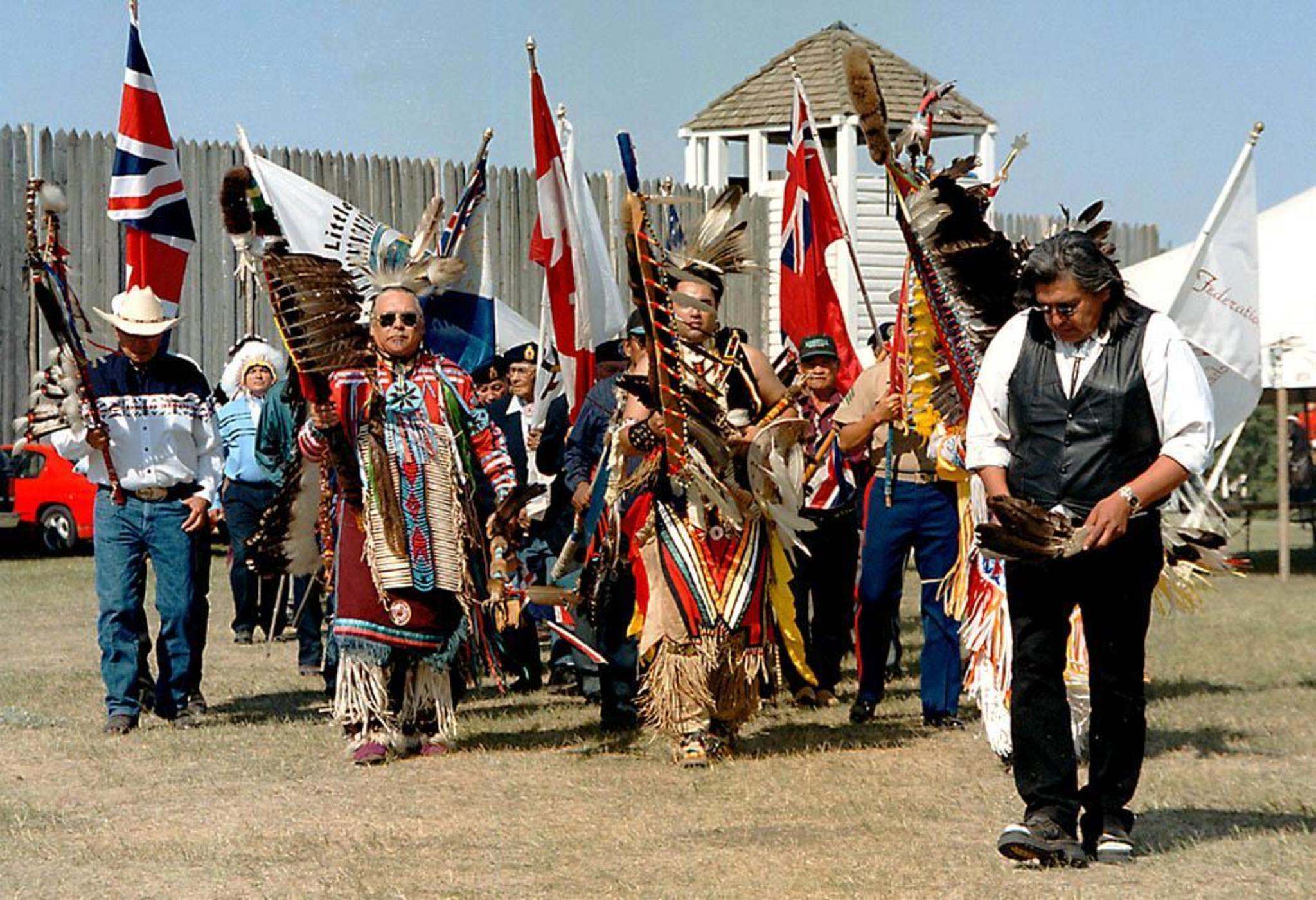Are there any successes in negotiations for land by Indigenous bands?
Yes, one bright spot in the long history of resolving Indigenous land claims came 30 years ago in Saskatchewan. The framework for Treaty Land Entitlement enacted then was the culmination of a rocky process involving the federal government, the Federation of Saskatchewan Indian Nations, and the Grant Devine Progressive Conservative Government in Saskatchewan.
Some background is required to understand the significance of the achievement. Between 1871 and 1921, Canada entered into eleven numbered treaties with Indigenous groups and set aside reserve lands for these people. Treaties 2 and 5 allowed 160 acres for each family of 5, which was 32 acres per person. Treaties 3, 4, 6, and 10 allowed one square mile per family of 5, which as 123 acres per person. Surveys were conducted to determine population, but populations were sometimes undercounted some members were out on hunting trips, for example.
When the federal government transferred control of natural resources to the Western provinces in the 1930s, it obligated provinces to negotiate Treaty Land Entitlement (TLE) agreements with the bands. Here, provinces were to provide unoccupied Crown lands or share with bands the cost to purchase lands if suitable lands were available.
In 1973, 185,000 acres were set aside in northern Saskatchewan to fully satisfy three bands and partially fulfill entitlements for two more. During that year, at the Supreme Court of Canada, the Calder decision acknowledged Indigenous title to land. That made unresolved land claims an urgent issue for Saskatchewan because six of the numbered treaties covered lands within its borders.
The passage of time meant more people to settle with, but there was less crown land available for them. Much crown land was used for community pastures. And some rural municipalities had pressing and valid concerns that if a proportion of their land became a reserve, they wouldn’t have enough of a tax base to pay for local roads and other services.
The FSIN said that 23 bands had been shortchanged. In 1976, the province said the amount of land for each entitled band would be calculated using the current population, multiplied by 128 acres, then subtracted by acres the band had already received for reserves. The federal government said it would require the province to cost-share the purchase of lands for the Indigenous bands, but the province rejected the idea, saying the federal government should pay for everything.
The federal government announced in 1980 that the proper population figure was recorded at first survey. Thus, Ottawa set aside 92,000 acres to satisfy some of the claims, but the province wanted lands rich in minerals to count for more than other land. Shortly before the 1982 election, the NDP government committed 211,976 acres of Crown land in the south to fulfill TLE obligations, even though much of this lands were community pastures. Unhappy ranchers helped vote the NDP out in 1982.
The Devine cabinet agreed with the NDP that mineral-rich lands should count for more. The province said cost-sharing with the federal government was a must. Strangely, the federal government became even more hardline and put the cost entirely on the province.
In 1984, the Devine government proposed a policy whereby tax exemptions, mineral rights, resource revenue-sharing, and cash could substitute for land. However, third-party interests needed to be satisfied before the government could agree to the transfer. The new PC government in Ottawa approved the policy but refused to provide federal funds or land. And the FSIN said the province’s band-by-band approach could jeopardize the process.
In 1986, the federal government and provinces agreed on a procedure for proceeding with the land entitlements, but the proposal was rejected by a number of Indigenous bands. Nevertheless, Saskatchewan approved the transfer of lands to the Canoe Lake and English River bands, but the federal government said the lands might not get reserve status because they were granted based on 1976 population stats. That decision made the province back out too.
Next, the FSIN and four chiefs met with the federal minister responsible; they threatened legal action if the federal government did not acknowledge the 1976 formula. The federal government agreed to establish a third-party commissioner to facilitate further settlements. In 1989, the Office of the Treaty Commissioner was established to avoid litigation.
Commissioner Clifford Wright then proposed that the percentage of a band’s population that was not granted reserve lands would be multiplied by the current population and the per capita acres entitled by the respective treaty, from which reserve lands already granted would be subtracted. Land owing would be given a monetary value equal to that of unimproved private agricultural land, later pegged at $262.19 per acre.
In September of 1991, all parties agreed to a provincial cost-sharing agreement where the province paid between 30 and 19 percent of the cost. This placed the total provincial obligation somewhere between $182 million and $277.2 million. In 1992, shortly after the NDP government took power, the agreement was officially ratified. As a result, bands could acquire lands anywhere they could find willing sellers.
The long process is an important history lesson for reconciliation that involves multiple parties. When determination, good will, and fair treatment are mutual goals, a resolution is always possible even if it costs a lot of money.
Lee Harding is a Research Fellow for the Frontier Centre for Public Policy



